 |
Youth Development Trends: Focus on Older Youth |
2.00 |
The Center for Early Adolescence at the University of North Carolina and the Search Institute have found that early adolescence is a time of rapid change in youth development and developmental needs. For many children, the characteristic needs of early adolescence begin to emerge as early as age nine, when children are still in elementary school and attending traditional OST programs. OST professionals who understand these emerging needs are better equipped to create successful program experiences with older children in their programs.
The number of quality OST programs for children between five and twelve is steadily growing across the country. At the same time, there is increasing public interest in establishing programs that can also address and support the out-of-school needs of children over age twelve. For many years, communities tried to meet the needs of older youth by a problem-solving approach that focused on helping youth by fixing what was wrong. New trends in youth development take a more positive approach and are focused on working with youth to create positive outcomes.
OST professionals who are knowledgeable about adolescent development and developmental needs and are knowledgeable about youth development research and trends can play important roles in helping their communities design and develop the next level of program services for children over the age of twelve. By learning about ways to support the developmental needs of older youth, OST professionals can join with others to create strategies and programs for continuing to build on the positive experiences younger children have in their OST programs. |
 |
Sharing Information with Parents and Other Professionals |
2.00 |
School-age children work on many important developmental tasks during their out-of-school hours. One of the important responsibilities of OST staff is to help parents stay in touch with how their children are growing and developing during program hours. In addition to parents, professionals who work with children in other settings are often interested in learning how children spend their time when they are not at home or school.
Portfolios are excellent tools for bringing children’s experiences in OST programs to life for parents during planned parent conferences. They are also valuable tools for sharing helpful information about children with other professionals. |
 |
Explorando la continuidad de las tareas de desarrollo de niños en edad escolar de 5 a 12 años (Spanish) Exploring the Continuum of Developmental Tasks of School-Age Children from 5 to 12 |
1.25 |
Comprender la continuidad del desarrollo continuo entre las edades de 5 y 12 años proporciona la base para planificar e implementar programas extracurriculares exitosos. Cuando el personal conoce y comprende las tareas de desarrollo de los niños en edad escolar, puede trabajar con los niños y colegas para diseñar ambientes efectivos, planificar actividades atractivas, establecer expectativas y límites apropiados y guiar el comportamiento de los niños de manera efectiva.
Understanding the continuum of ongoing development between the ages of 5 and 12 provides the foundation for planning and implementing successful after-school programs. When staff know and understand the developmental tasks of school-age children, they can work with children and colleagues to design effective environments, plan engaging activities, set appropriate expectations and limits, and guide children’s behavior effectively. |
 |
Explorando cuatro áreas del desarrollo en edad escolar (Spanish) Exploring Four Areas of School-Age Development |
1.50 |
Una de las formas más útiles de comprender las necesidades e intereses de los jóvenes de entre 5 y 12 años es examinar su desarrollo desde cuatro perspectivas diferentes: desarrollo físico, desarrollo cognitivo, desarrollo social y desarrollo emocional.
One of the most helpful ways to gain an understanding of the needs and interests of youth between 5 and 12 is to examine their development from four different perspectives: Physical Development, Cognitive Development, Social Development, and Emotional Development. |
 |
Public School District Board Member Training |
2.50 |
This course is designed to equip you with the knowledge and skills necessary to effectively govern and oversee your district's public schools, promote academic excellence, and ensure fiscal responsibility. It is just one out of many education courses we offer. This course will help you develop new knowledge about students and will help you understand your role. |
 |
Welcome to the CypherWorx LCMS - ViaPath |
0.25 |
Welcome to the CypherWorx Learning Content Management System (LCMS). This is an online hub to learn, take courses, and earn certifications. We are excited to have you learn about all that you can do! |
 |
Effective Presentations: Audience Analysis and Supporting Material (Instructor Guide) |
0.84 |
Audience analysis is the process of determining the audience’s needs, so you can give an appropriate presentation. You should determine the reason people will attend your presentation; it might be a requirement, or they might be interested in the topic. It is also helpful to determine your audience's attitudes, interests, and level of knowledge.
This Instructor's Edition of this course includes notes and suggestions to assist you in presenting the material, whether in an in-person classroom setting, or as an instructor-led online or distance-learning course. It also provides you with the answers to questions found in mid-lesson activities, as well as in the quiz that concludes the course. |
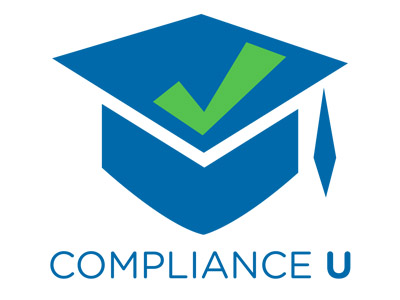 |
Bloodborne Pathogens and HIV (Corrections) |
1.00 |
In this course, you will learn about the characteristics of bloodborne pathogens, diseases caused by these pathogens, such as HIV, and how they are transmitted. You will also learn the elements of an exposure control plan and how to prevent contact with or infection from contaminated body fluids. In addition, you will learn how to handle exposure incidents involving blood, and the signs, labels, and color-coding used to warn of biohazards and bloodborne pathogens. This training is provided to help employers provide a safe and healthful work environment for their employees and minimize the possibility of employee exposure to bloodborne pathogens. |
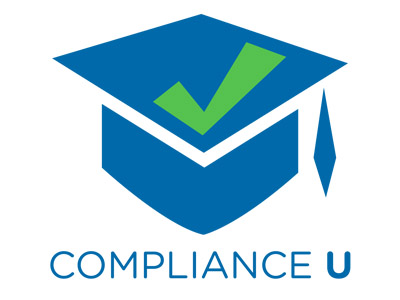 |
California Harassment Prevention Training for Managers, Supervisors, and Salaried Employees (Corrections) |
2.00 |
This course provides comprehensive online training to prevent harassment in the workplace. It offers strategies to achieve more appropriate employee conduct and reduce your company’s liability. In addition to promoting a harassment-free work environment, this course will also bring your organization into compliance with state laws, such as California's sexual harassment training requirement, AB 1825. |
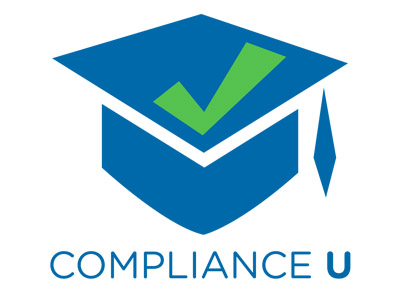 |
California Harassment Prevention Training for Team Members (Corrections) |
1.00 |
Harassment cases have resulted in organizations being liable for hundreds of millions of dollars in legal fees and lost revenue annually. The information presented here enables employees in the organization to create a harassment-free culture. |
 |
California Harassment Prevention Training for Team Members (Spanish) (Corrections) |
1.00 |
Harassment cases have resulted in organizations being liable for hundreds of millions of dollars in legal fees and lost revenue annually. The information presented here enables employees in the organization to create a harassment-free culture.
Los casos de acoso han hecho que las organizaciones sean responsables de cientos de millones de dólares en honorarios legales y pérdida de ingresos anualmente. La información presentada aquí permite a los empleados de la organización crear una cultura libre de acoso. |
 |
Child Abuse Prevention and Awareness for Supervisors and Managers (Corrections) |
1.50 |
If a staff member or volunteer in a child-related program approaches his or her supervisor with a case of suspected child abuse the supervisor must know how to handle the situation to ensure the safety of everyone in the program. This course provides supervisors with a wealth of information about how to recognize and prevent child abuse within program walls, and furthermore, the steps to take when a situation of child abuse arises. In addition, you will learn best practices for yourself, your staff and your organization. |
 |
Combating Sexual Harassment in the Workplace (Corrections) |
1.00 |
Welcome to Combating Sexual Harassment in the Workplace. This course was created by CypherWorx in alignment with training materials developed by New York State. While nearly a dozen states have enacted sexual harassment legislation, New York is among those with the strongest and most stringent proposed sexual harassment laws in the nation. (complianceweek.com). This course may be used as a general sexual harassment training, however, you should check with your state and local municipality for other important requirements. |
 |
Cultural Competence (Corrections) |
0.33 |
Culture reflects belief systems, practices, and the products of beliefs and practices among groups of people. This Cultural Competence training course is designed for participants to engage, reflect, and apply the information provided. |
 |
Effective Presentations: Fundamentals of Persuasion (Instructor Guide) |
1.17 |
Although all presentations are persuasive to some extent, a true persuasive presentation attempts to influence the way audience members think about something or influence the way they behave.
This Instructor's Edition of this course includes notes and suggestions to assist you in presenting the material, whether in an in-person classroom setting, or as an instructor-led online or distance-learning course. It also provides you with the answers to questions found in mid-lesson activities, as well as in the quiz that concludes the course. |
 |
Implicit Bias (Corrections) |
1.00 |
In this course, you’ll learn about implicit biases that happen despite our best intentions. After completing this course, you will be able to:
Define implicit bias.
Describe how implicit bias can impact the workplace or an organization.
Identify the steps you can take to further educate yourself about this topic. |
 |
Overview of the Americans with Disabilities Act Topic 1: Overview of the ADA (Corrections) |
0.25 |
Welcome to the Overview of the Americans with Disabilities Act, Topic 1: Overview of the ADA. |
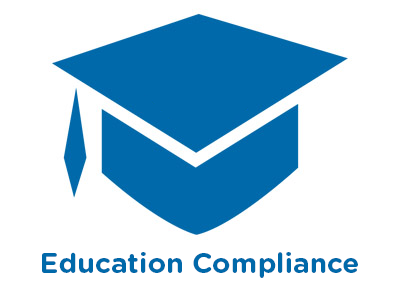 |
Overview of the Americans with Disabilities Act Topic 2: Reasonable Accommodations (Corrections) |
0.25 |
Welcome to the Overview of Americans with Disabilities Act, Topic 2: Reasonable Accommodations. |
 |
Safety and Survival in an Active Shooter Event (Corrections) |
1.00 |
Recent national tragedies remind us that the risk is real: an active shooter incident can happen in any place at any time. The best way to make sure you are safe is to prepare ahead of time and be ready. This course will take you through 3 different phases of an active shooter event: 1. Before: Prepare Ahead of Time; 2. During: Safety and Survival During an Active Shooter Event; and 3. After: Safety After an Active Shooter Event. |
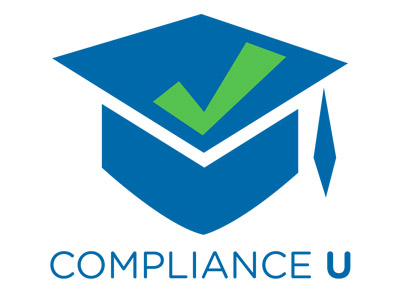 |
Sexual Harassment Prevention for Employees (Corrections) |
1.00 |
This course will provide you with an overview - defining sexual harassment and general harassment, giving examples of prohibited behaviors, explain the responsibilities of you and your organization and teach you about liability. |
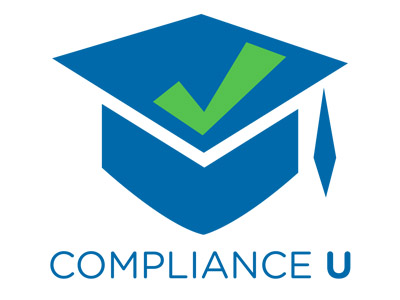 |
Equal Opportunity 101 (Corrections) |
0.17 |
The U.S. Department of Labor Civil Rights Center is committed to providing clear and easy-to-access information on how to comply with federal equal opportunity and nondiscrimination laws and regulations that (1) prohibit discrimination in DOL-funded programs and activities, and (2) prohibit discrimination on the basis of disability by certain public entities and in DOL-conducted activities. This course is a brief overview on equal opportunity rights. |
 |
Planning for Emergencies (Corrections) |
0.50 |
The Preparing for Emergencies: Strategies for Small Business course is designed to help participants identify a learning goal and expectation for their own business. Throughout this course, participants will assess their own business readiness plans for emergencies, learn about the four steps in the emergency planning process, and learn about emergency management considerations.
|
 |
Effective Presentations: Fundamentals of Presentation (Instructor Guide) |
0.67 |
Effective presentations provide the opportunity to communicate important, specific information in a succinct manner that is beneficial to the audience members. To create this benefit, the information or processes described in the presentation must be presented in a manner that allows the audience to understand and use them.
Effective presentations are comprised of several elements, including support materials, presentation skills, and relevant content. It is important that all irrelevant content is eliminated from the presentation, so the listener is not overloaded with data.
This Instructor's Edition of this course includes notes and suggestions to assist you in presenting the material, whether in an in-person classroom setting, or as an instructor-led online or distance-learning course. It also provides you with the answers to questions found in mid-lesson activities, as well as in the quiz that concludes the course. |
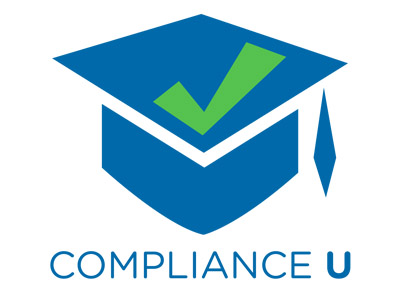 |
The NoFEAR Act (Corrections) |
0.25 |
This course will inform participants of the Notification and Federal Employee Antidiscrimination and Retaliation Act, also known as the NoFEAR Act. At the conclusion of this course, participants should understand the basic provisions of the NoFEAR Act, know what Antidiscrimination and Whistleblower Protection Laws protect them, and understand how to file a complaint alleging discrimination, retaliation, or a violation of the Whistleblower Protection Laws. |
 |
Managerial Leadership: Motivating Employees Through Change (Instructor Guide) |
0.50 |
Your organization’s vision was created to inspire and unite the members of the organization as they work toward achieving common goals. Change can distract employees from the vision because going through the change process can be intensely personal and emotional. Remembering the vision and its purpose can keep your employees focused on their role in the company.
In this course you will learn to: motivate employees through a change and prepare for difficulty, and overcome resistance and resolve conflict.
This Instructor's Edition of this course includes notes and suggestions to assist you in presenting the material, whether in an in-person classroom setting or as an instructor-led online or distance-learning course. It also provides you with the answers to questions found in mid-lesson activities, as well as in the quiz that concludes the course. |


























